As part of the preparations for a trip to Tibet, packing is an important part of your planning. And knowing what and how much to pack is a delicately balanced choice of what you need and what you want for a trip to Tibet. Lying at the roof of the world, on the vast and high Qinghai Tibet Plateau, it is important to make sure that you have all you need for the trip.
However, it is also important to not pack too much non-essential stuff, as it is normally better to travel light when traveling to Tibet. You really do not want to lug heavy cases of backpacks around in this low-oxygen environment, so break down your packing list to mainly include only essential items that are necessary for the tour.
Pack the Must-Have Items for an Ordinary Tibet Tour
Certain items, whether they are necessary required items or just things you need to bring with you, are in the “must-have” list when packing. This list includes all of the items that you cannot do without while traveling on the plateau.
Basic Clothes to Keep Warm
When choosing the clothes to take with you to Tibet, you need to consider the climate of the plateau and the time of year in which you are traveling. Winter is definitely not the time to pack shorts and t-shirts. When choosing your clothes in general, remember that it is normally a little chilly throughout the year at night, so you will need to have something a little warmer to wear, even in the height of summer.
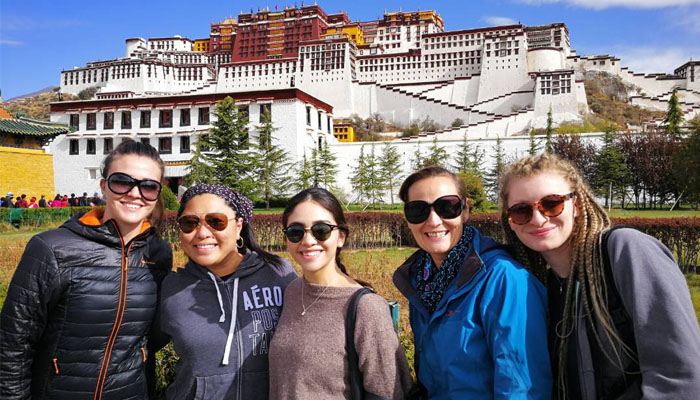 You need to have something a little warmer to wear in Tibet even in summer.
You need to have something a little warmer to wear in Tibet even in summer.It also depends on where you are going. Eastern Tibet is a lot warmer than western Tibet, so you need to pack according to the climate in the places you are visiting. For warmer climates, simpler packing can be done, with less in the way of thick or warm clothing, though keep a couple of sweaters for the evenings. In the far west, colder weather is prevalent, so pack warmer clothing, and layers to stay warmer more easily. In the colder times of the year, you will need warm clothing throughout the region, while in summer, you may want to include some wet weather gear for the light monsoon on the plateau.
Comfortable shoes or running shoes are suitable for indoors and for city streets, but are not much good once you get outside of Lhasa. Most of the ground in the outlying areas is rough and rocky, so you may want to invest in some decent hiking boots, even if you are not hiking. These can help support the ankles from twisting if you slip, and are generally waterproof and pretty warm with decent socks, so are ideal for touring the plateau.
You will want to leave that bulky suitcase at home too, as it will be hard to lug it around with you, especially in certain areas that are not so smooth and level. Instead, get a large backpack, of the type used by avid hikers, which can carry all of your clothing and necessities. This can be considered as your main luggage, and you can bring a smaller backpack to use as a day pack when touring the monasteries and sights.
Personal Care Items
One of the most important things to pack are your toiletries, and you will need them all on the high windswept plateau. However, you should bring them in smaller bottles, to allow for the flight restrictions on liquids and creams. Up to 100ml per bottle, to a maximum of seven liters.
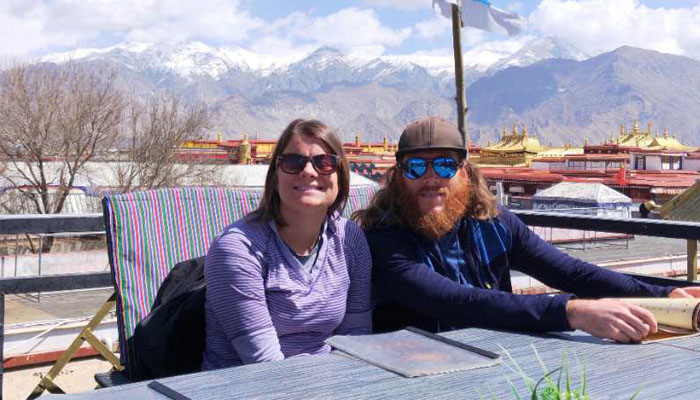 Protect yourself from the sun while traveling in Tibet.
Protect yourself from the sun while traveling in Tibet.For daily use, bring your normal toiletries, and include the things you would normally use at home, unless you feel it is not necessary. You should also include some items that you may not normally use, especially in cold weather.
The sun in Tibet is strong and harsh, and the UV radiation is stronger at higher altitudes than at sea level. This means that, if you are out in the sun all day, you may find yourself getting sunburn. Bring a good 30+ SPF sun block, as this will help to stop your skin from burning. Ideally, a sun block with moisturizer is best, to help stop the strong biting winds from affecting your face. You should also bring a lip balm for your lips, to prevent chaffing from the strong winds.
After-sun care is also important when traveling to Tibet, and a good moisturizer is an essential part of your packing for toiletries for the plateau. After being out in the sun, you can wash off the sun block and apply a good moisturizer to prevent your skin from drying up.
Medicines
If you have any prescription medications that you need to take on a regular basis, then you should make sure that you prepare enough of your regular medicines for the entire trip, plus extra, just in case. If you are on regular medication, then check with your doctor before traveling to high-altitude areas.
Aside from prescription medications, you should also bring along some medicines that can help with the symptoms of altitude sickness. Ibuprofen is useful to help with headaches, while an anti-diarrhea medication such as Loperamide can prove useful with the change in water and diet. If you take vitamins, bring them with you, and if you don’t, then consider bringing a multivitamin supplement for the period of the trip. Also bring an anti-bacterial cream, as well as some isopropyl alcohol, and treatments for stings and bites. And if you suffer from asthma, make sure you have enough inhaler inserts to last well beyond the end of the trip.
Some people recommend medication such as heart relievers in case of emergencies, or the “infamous” Diamox for relief from the symptoms of altitude sickness. In most countries, these are prescription medications, and you should consult your doctor before including such drugs in your packing list. While Diamox has been shown to help relieve and prevent altitude sickness in certain people, it is no guarantee, and may have adverse effects. GaoYuanan is a local Chinese herbal medicine that purports to do the same thing, and can be found in drug stores all over Lhasa.
Electronics and Other Accessories
If you have gadgets such as phones, cameras, and tablets, then make sure that you bring the chargers and an outlet adaptor as necessary. It also pays to have additional batteries, if the gadgets have removable batteries. For memory in cameras and phones, additional or larger memory cards can help to make sure you do not run out of memory space. You may also find that a good flashlight is useful, especially where you need to go outside for the toilets at night.
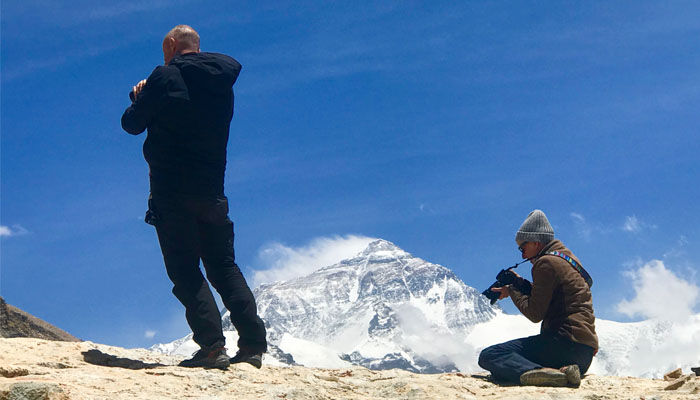 Bring the gadgets such as phones and cameras.
Bring the gadgets such as phones and cameras.Buy or Rent Some Necessities in Local Tibet
There are many things that you do not need to pack to bring with you, as you can get them locally once you arrive in Tibet. Food and drink are two of those things, and you can buy almost anything you may need when you reach Lhasa. It is useful to buy some high-energy snacks for while you are traveling, to help give you an energy boost.
 Shoping in Lhasa old Barkhor Street.
Shoping in Lhasa old Barkhor Street.Instead of bringing your trekking poles, sleeping bag, tents, etc. with you, you can either buy or rent them when you reach Lhasa, to save on your luggage allowances. All of the items you will need for trekking and camping can be bought or rented in Lhasa, and we can help you with rental for tents, sleeping bags, and other camping and trekking gear.
Use Porter or Horseman During Your Trekking in Tibet
If you are bringing a lot of things that you need for the treks, then you have the option of hiring a porter or horse/yak for trekking in Tibet. Porters and horses are normally arranged at your request by your guide, who will try to get you the best deal possible. Porters can be useful for those carrying a lot of camping or photography gear on the trek, and are not normally as expensive as you may think. Yaks or horses do cost a little more, but are ideal for groups that are carrying a lot of baggage.
Book an All-Inclusive Tibet Tour to Travel Light
If you want to travel as light as possible, then you can book one of our all-inclusive packages to give you the best options for Tibetan travel. All-inclusive packages give you all of the things that you will need for camping, trekking, etc., and allow you to travel as light as possible.
Our standard Tibetan tour packages normally include all your permits and passes for entry into and travel around Tibet, entrance fees for all attractions and sites, local transfers between hotel and airport or train station, and your English-speaking guide. We also include all taxes and service charges in the total price, as well as arranging all your travel and operational requirements, a welcome dinner when you arrive, maps and drinking water, and tourist accident insurance. All of this comes as standard with all our tours, so you can rest assured that you are getting the best value for money with our tours.
Conclusion
Packing for Tibet is important, and you need to choose carefully what you bring, as some things are really not needed. Since you do not want to carry tonnes of things around with you, we offer rental services for a number of important items, as well as a number of important items being included as part of the complete tour service. This means you can pack lighter, and enjoy the trip more, being safe in the journey that we have your back.





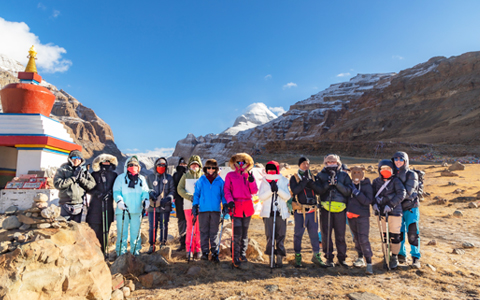

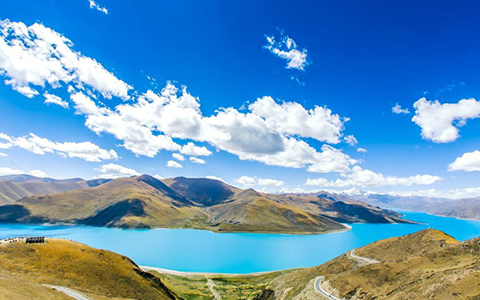
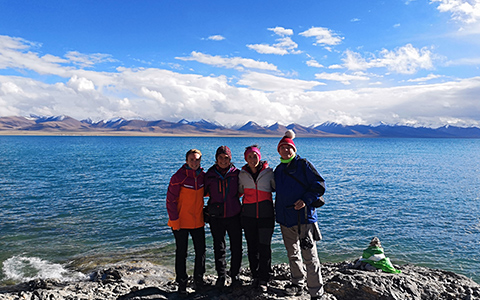
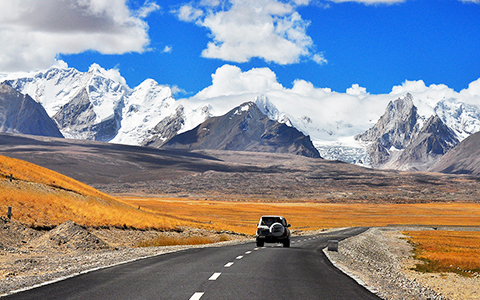


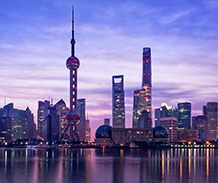
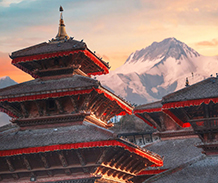
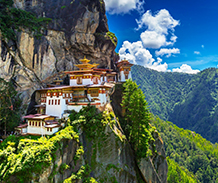
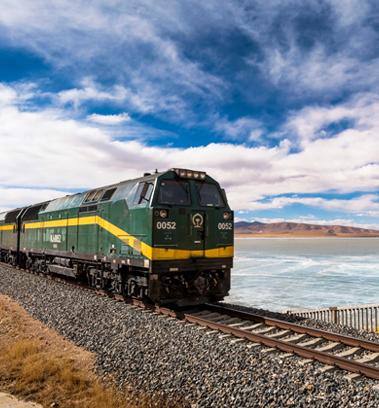



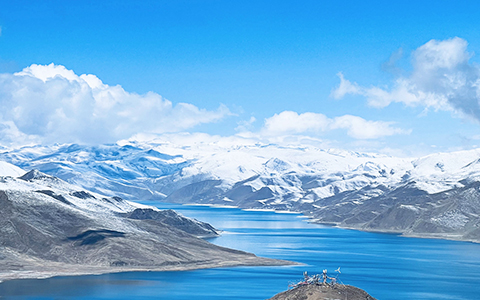
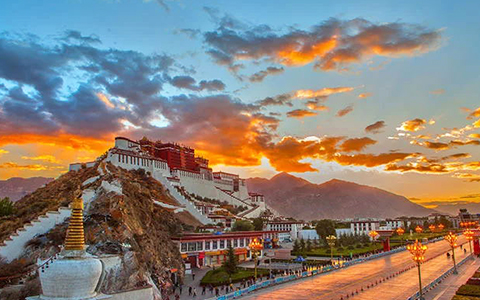




 You need to have something a little warmer to wear in Tibet even in summer.
You need to have something a little warmer to wear in Tibet even in summer. Protect yourself from the sun while traveling in Tibet.
Protect yourself from the sun while traveling in Tibet. Bring the gadgets such as phones and cameras.
Bring the gadgets such as phones and cameras. Shoping in Lhasa old Barkhor Street.
Shoping in Lhasa old Barkhor Street.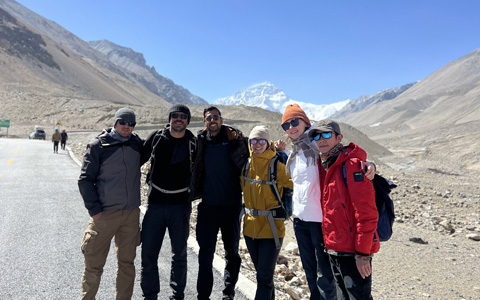



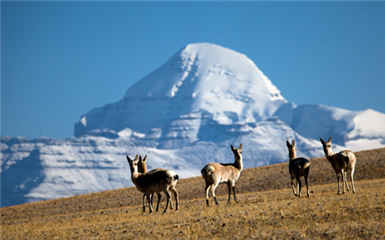



Ask a Quick Question